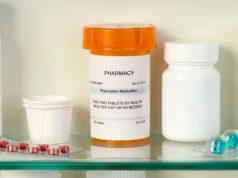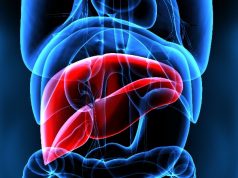222 percent increase in HCV infection rates seen after reformulation in states with above-median misuse
WEDNESDAY, Feb. 6, 2019 (HealthDay News) — States with above-median OxyContin misuse before reformulation of the drug experienced a 222 percent increase in hepatitis C infection rates after reformulation, according to a report published in the February issue of Health Affairs.
David Powell, Ph.D., from the RAND Corporation in Arlington, Virginia, and colleagues examined the role of the opioid epidemic and the introduction of the abuse-deterrent version of OxyContin in 2010 on hepatitis C infections. Reformulation of OxyContin led some users to switch to heroin, potentially exposing them to hepatitis C virus infection. Based on data for 2004 to 2015, difference-in-differences methods were used to examine whether states with higher rates of OxyContin misuse before reformulation experienced faster growth in infections after reformulation.
The researchers found that states with below-median OxyContin misuse experienced a 75 percent increase in hepatitis C infection rates in the post-reformulation period, while states with above-median OxyContin misuse before the reformulation experienced a 222 percent increase.
“As the Food and Drug Administration promotes the reformulation of more opioids and as more policies seek to limit access to prescription opioids, both the medical and the law enforcement communities must recognize the critical transition from prescription opioids to other drugs, particularly those that are injected, and be prepared to consider complementary strategies that can effectively reduce the additional harms from this particular mode of drug use,” the authors write.
Abstract/Full Text (subscription or payment may be required)
Copyright © 2019 HealthDay. All rights reserved.








